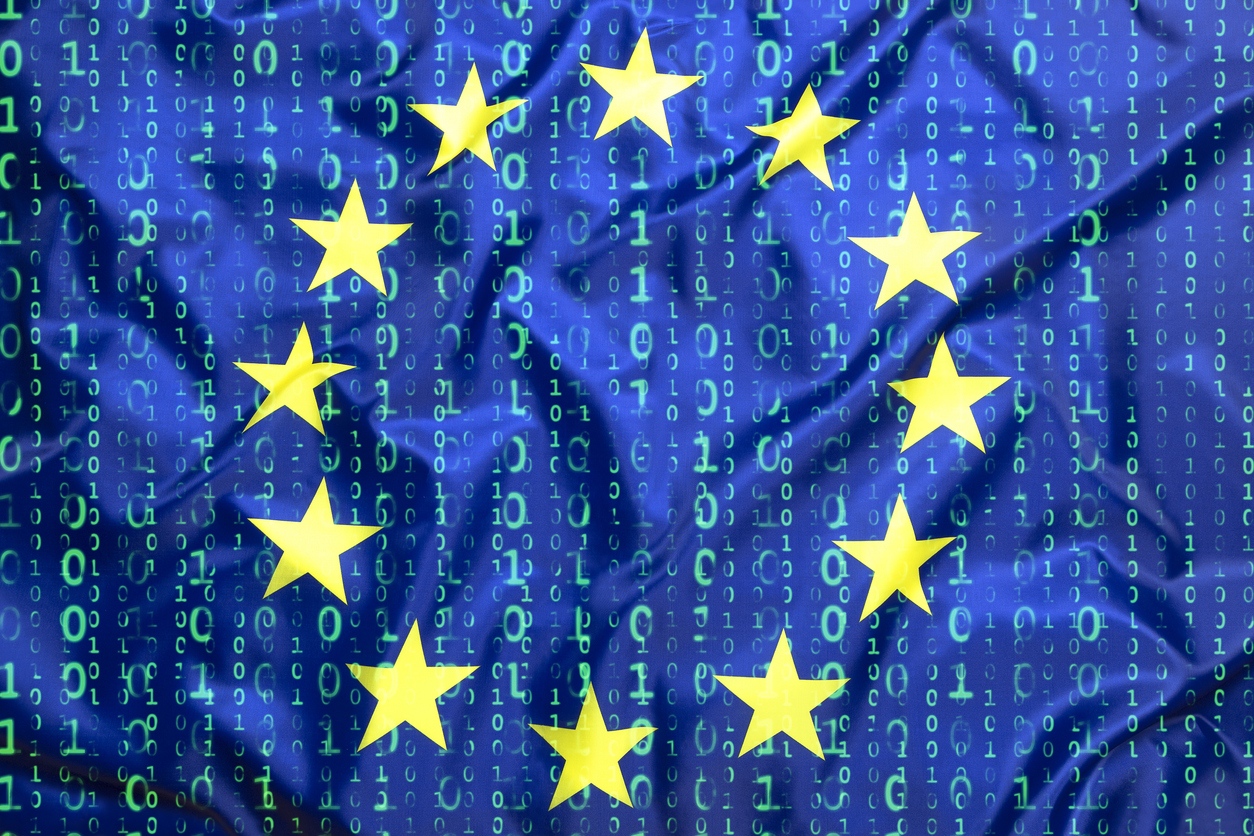by Sharon Shofner-Meyer
When over 45 major European companies unite to demand a two-year pause on AI regulation, something fundamental has broken down.
The coalition includes ASML, Airbus, and Mistral AI. These aren’t small startups complaining about paperwork.
They’re Europe’s industrial champions warning that Brussels is about to destroy their competitive future.
The Root Problem
The issue everyone misses is competitiveness. While regulators focus on safety frameworks, companies face an existential threat to their market position.
The EU AI Act creates regulatory uncertainty at the worst possible moment. Rules remain unclear just months before enforcement begins in August 2025.
Companies cannot make informed decisions about launching AI products when the compliance requirements are undefined. The promised Code of Practice remains absent.
This uncertainty triggers a predictable corporate response: risk management mode.
How Risk Management Mode Kills Innovation
When companies enter risk management mode, they stop innovating and start surviving.
The decision-making process becomes defensive. Legal teams override product teams. Compliance costs dominate investment decisions.
Companies avoid regulatory confrontation, lost revenue, and litigation expenses. They also fear market reputation damage from regulatory violations.
The result is innovation paralysis. European AI companies delay launches, reduce R&D spending, and redirect resources toward compliance infrastructure.
Meanwhile, their American and Chinese competitors operate under lighter regulatory frameworks and capture market share.
The Competitive Disaster
The numbers reveal Europe’s growing disadvantage. Currently, 61% of global AI funding flows to US firms while only 6% reaches European companies.
The AI Act will make this worse. The legislation will cost the European economy €31 billion over five years and reduce AI investments by 20%.
Small and medium enterprises face the harshest burden. A European SME deploying high-risk AI systems will incur compliance costs up to €400,000, causing profits to decline by 40%.
These costs are existential for smaller firms. They cannot absorb regulatory overhead like larger corporations.
The regulatory asymmetry creates permanent structural disadvantages. European startups compete against global rivals who face minimal compliance requirements.
Brussels Doubles Down
Industry leaders requested a reasonable two-year delay to develop clear implementation guidelines.
The European Commission’s response was immediate and inflexible. A spokesperson declared: “Let me be as clear as possible, there is no stop the clock. There is no grace period. There is no pause.”
This regulatory rigidity demonstrates exactly why companies fear Brussels. The Commission prioritizes timeline adherence over implementation quality.
They seem unaware that unclear rules create more problems than delayed rules. Companies need certainty to make billion-dollar investment decisions.
The Commission’s refusal to engage with industry concerns reveals a fundamental misunderstanding of how innovation works.
The Innovation Ecosystem Collapse
The damage extends beyond individual companies. Europe’s entire AI ecosystem is shifting into defensive mode.
Venture capital flows toward regions with clearer regulatory environments. Talented engineers migrate to companies with better growth prospects.
European AI firms increasingly turn to foreign investors because domestic capital markets cannot support companies facing regulatory uncertainty.
The brain drain accelerates as top talent seeks opportunities in markets that reward innovation rather than punish it.
This creates a vicious cycle. Reduced investment leads to fewer breakthrough companies. Fewer success stories discourage future entrepreneurs.
Scale Matters
Large corporations can navigate regulatory complexity through dedicated compliance teams and legal resources.
Smaller companies lack these advantages. They must choose between compliance costs and product development spending.
This regulatory burden consolidates market power among established players who can afford compliance infrastructure.
The AI Act inadvertently protects large incumbents while crushing the startups that drive innovation.
Europe’s competitive disadvantage becomes permanent as regulatory barriers prevent new entrants from challenging established firms.
The Path Forward
The solution requires recognizing that regulatory certainty matters more than regulatory speed.
Brussels should grant the requested two-year delay while developing clear, implementable guidelines through genuine industry collaboration.
The Commission must publish detailed compliance frameworks before enforcement begins. Companies need specific requirements, not vague principles.
Regulatory sandboxes could allow controlled testing of AI systems under proposed rules. This would reveal implementation problems before they become market-wide disasters.
Risk-based approaches should focus resources on genuinely dangerous applications rather than creating blanket compliance burdens for all AI development.
Europe needs innovation-friendly regulation that protects consumers without destroying competitiveness.
The Stakes
This dispute represents more than regulatory timing. It determines whether Europe remains relevant in the global AI race.
The current path leads to innovation exodus. European AI companies will relocate to markets that support rather than constrain their growth.
Brussels faces a choice: adapt the implementation timeline to business reality or watch Europe’s AI industry migrate elsewhere.
The Commission’s inflexibility reveals a dangerous disconnect from competitive dynamics. They seem willing to sacrifice European innovation for regulatory control.
Time is running out. August 2025 approaches rapidly, and companies are already making defensive decisions that will shape Europe’s AI future.
The question is whether Brussels will recognize the crisis before it becomes irreversible.
Europe’s AI ambitions hang in the balance. The choice between innovation and control will determine the continent’s technological destiny.

